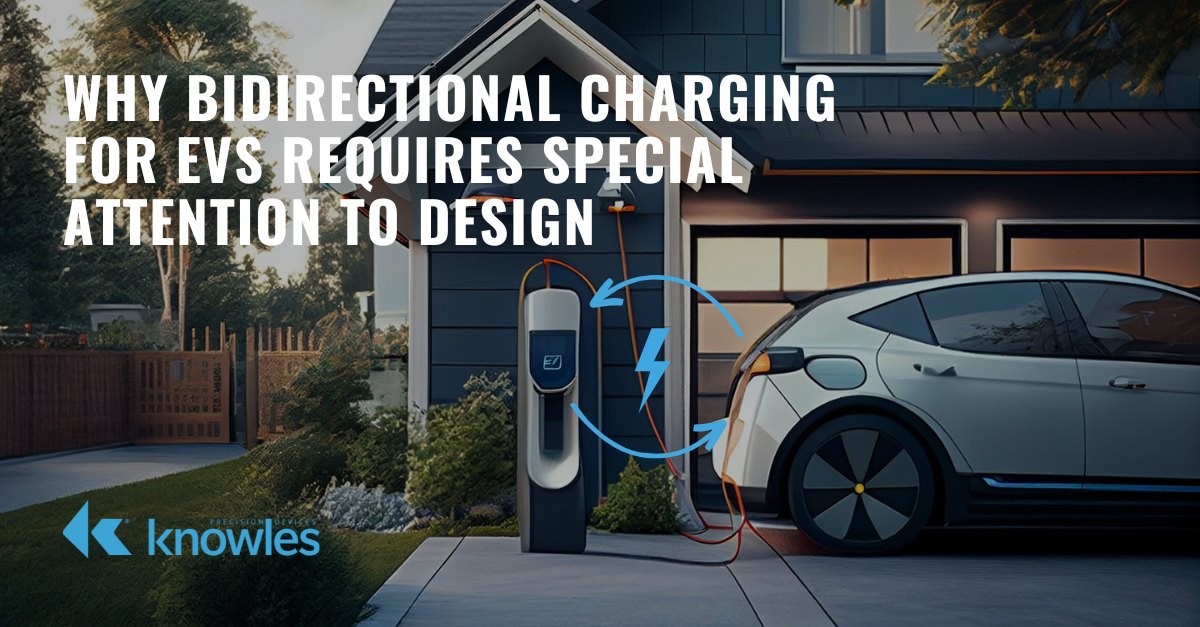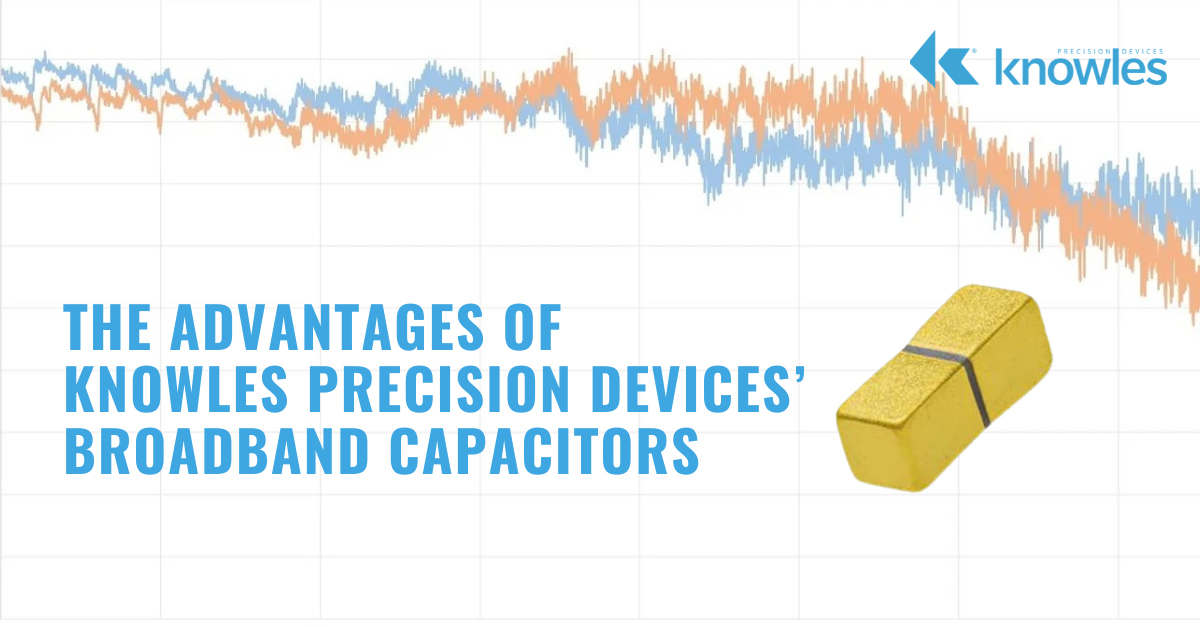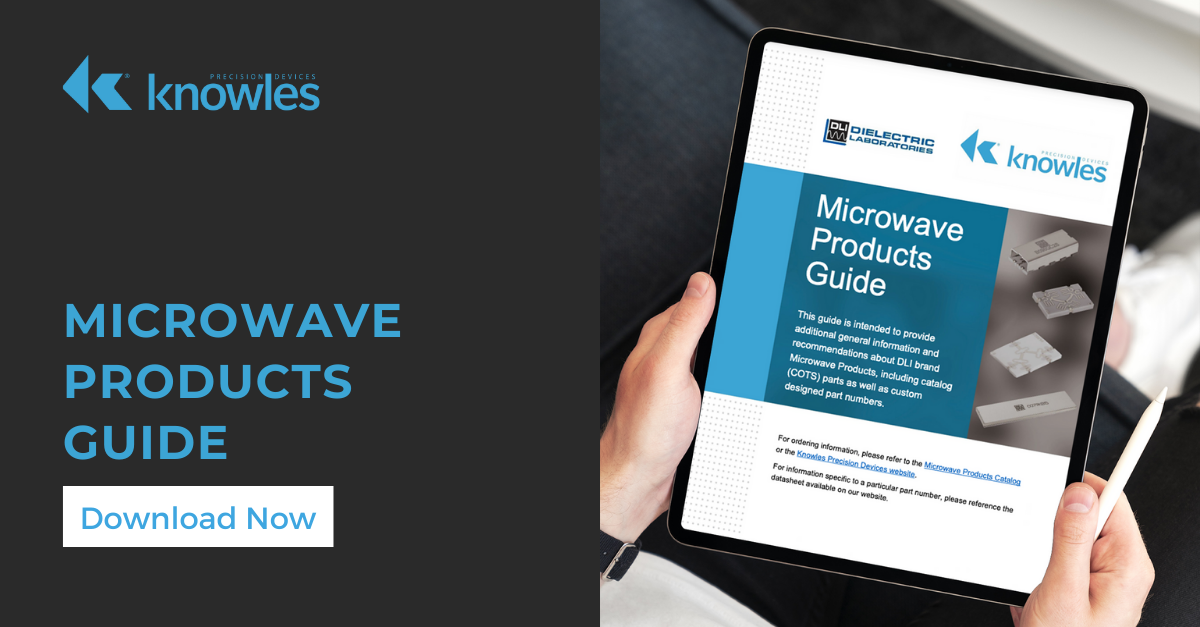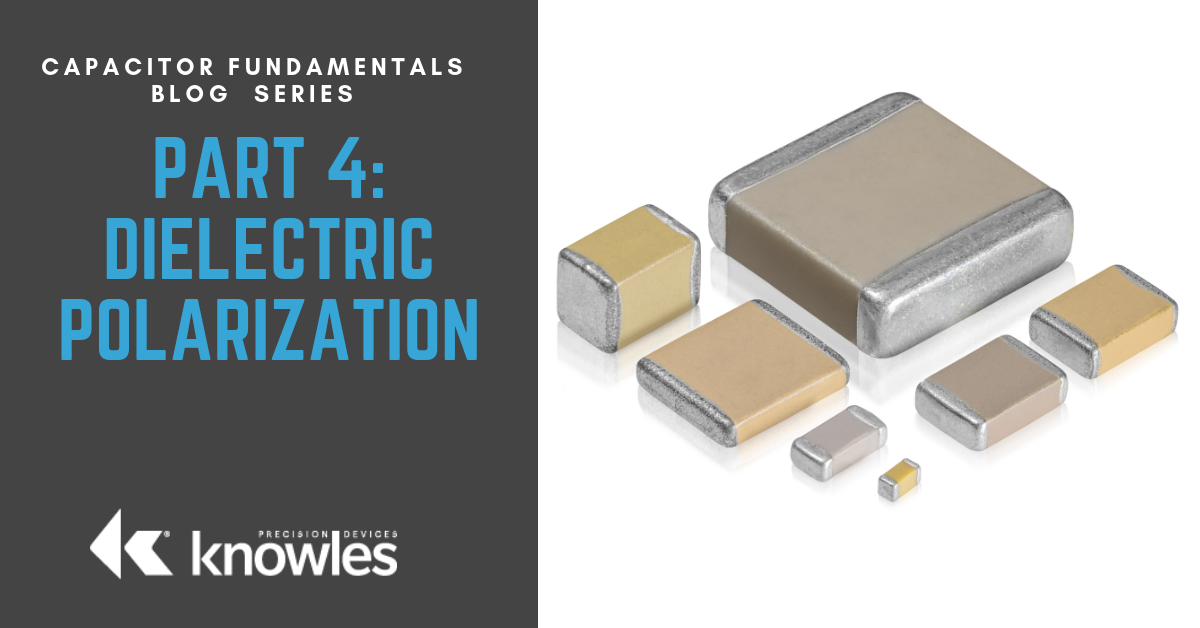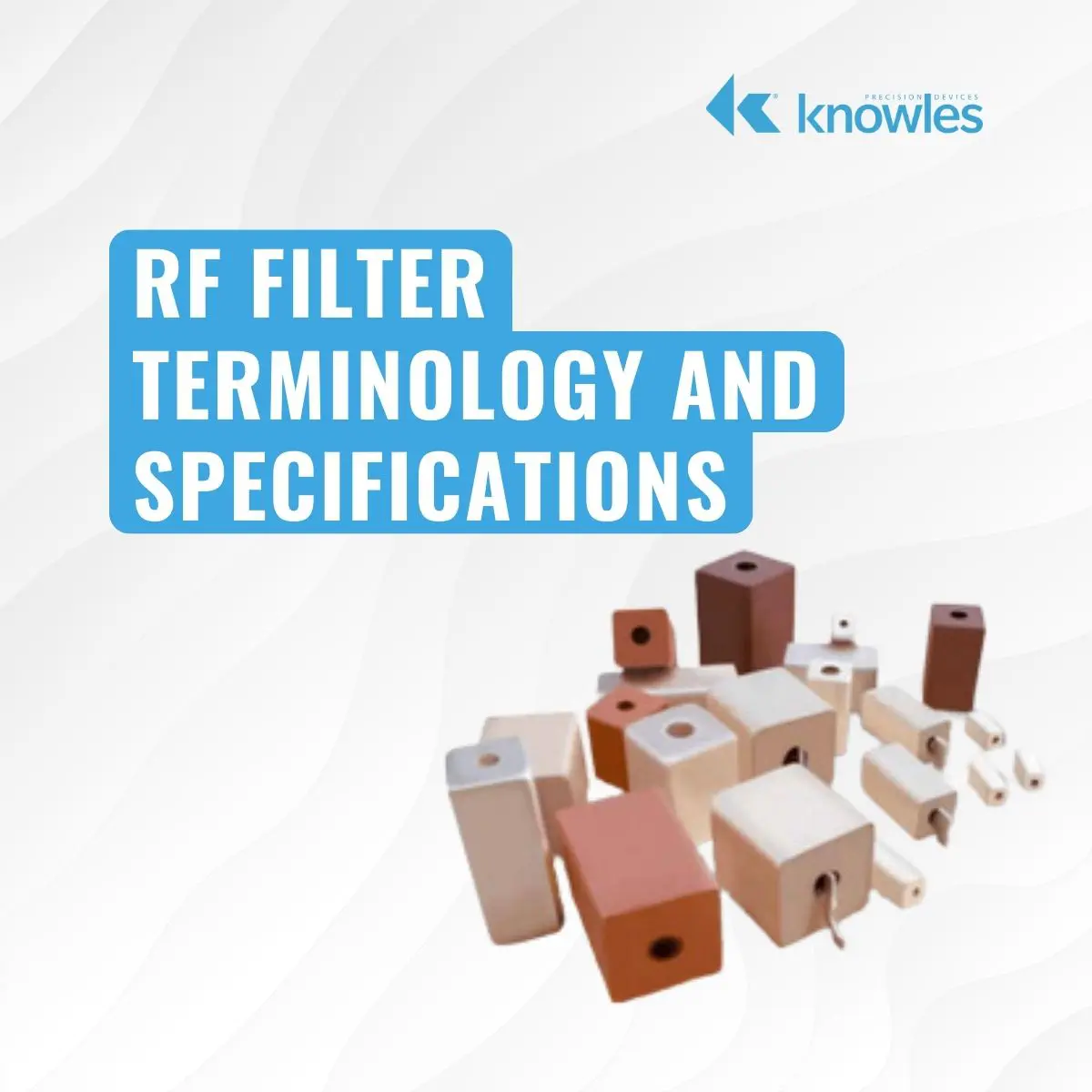To protect people and critical equipment, military-grade electronic devices must be designed to function reliably while operating in incredibly harsh environments. Therefore, instead of continuing to use traditional silicon semiconductors, in recent years, electronic device designers have started to use wide band-gap (WBG) materials such as silicon carbide (SiC) to develop the semiconductors required for military device power supplies. In general, WBG materials can operate at much higher voltages, have better thermal characteristics, and can perform switching at much higher frequencies. Therefore, SiC-based semiconductors provide superior performance compared to silicon, including higher power efficiency, higher switching frequency, and higher temperature resistance as shown in Figure 1.
How The Shift to SiC-Based Semiconductors in Military Power Supplies Affects Capacitor Selection
Topics: Capacitor, Military and Aerospace, High Reliability
The Capabilities, Benefits, and Key Applications for StackiCap™ MLCCs
From industrial to automotive to aerospace applications, power electronics are demanding higher capacitance in smaller packages. Therefore, to meet both capacitance demands and size requirements, electronic designers simply cannot continue to add more capacitors. While capacitor stacking is an option, many stacked assemblies are still quite large and stacking often introduces new failure modes, such as piezo electric cracking (Figure 1).
Topics: Capacitor
Build-to-Print Services for Thin Film Circuit Design and Construction
As the name implies, “thin film” is a precisely deposited layer of material used to fabricate electronic components. “Thin” can mean as little as a fraction of a nanometer thick. Circuits constructed with thin film are used in a wide range of electrical and optical applications, but they are most advantageous when high-frequency performance, tight tolerances, thermal conductivity, and long-term reliability are paramount concerns. Particularly in the high-frequency microwave space, small size, line definition, and repeatable construction offer significant performance benefits.
Topics: Build to Print
Why Bidirectional Charging for EVs Requires Special Attention to Design
As interest and adoption increase in the electric vehicle (EV) arena, associated technologies are advancing quickly. Batteries are becoming more powerful and charging infrastructure is increasingly robust and efficient. With all these advancements, EV batteries are good for more than powering cars on the road.
Topics: Capacitor, Electric Vehicles
Capacitor Fundamentals: Part 6 – Ferroelectric Ceramics
Welcome to the Capacitor Fundamentals Series, where we teach you about the ins and outs of chips capacitors – their properties, product classifications, test standards, and use cases – in order to help you make informed decisions about the right capacitors for your specific applications. After describing dielectric properties in our previous article, let’s discuss some interesting characteristics of ferroelectric ceramics.
Topics: Capacitor
The Advantages of Knowles Precision Devices’ Broadband Capacitors
High-speed broadband and fiber optic devices used across a variety of communication and military and aerospace applications require circuits that couple RF signals. Since this involves removing the DC component and allowing only the high-frequency AC component to pass or bypass, this can be a complicated process. The blocking capacitor needs to present a near reflectionless transition at the frequency the line is seeing and at a bandwidth that allows the entire signal to pass without degradation.
Topics: Capacitor
Capacitor Fundamentals: Part 5 – Dielectric Properties
Welcome to the Capacitor Fundamentals Series, where we teach you about the ins and outs of chips capacitors – their properties, product classifications, test standards, and use cases – in order to help you make informed decisions about the right capacitors for your specific applications. After describing dielectric polarization and losses in our previous article, let’s discuss five dielectric properties that affect capacitor performance.
Topics: Capacitor
Anatomy of and Stencil Design Recommendations for Our DLI Brand Filters
The Knowles Precision Devices DLI brand of technologies are designed to address the complex challenges of implementing high-performance mmWave filters across the widest range of specifications. Our Microwave Product Catalog covers how to select the best catalog or custom components for your application needs, while our new Microwave Products Guide provides valuable information and recommendations for how to work with our DLI brand microwave products once you have the components in hand.
Topics: RF and Microwave, Filtering
Capacitor Fundamentals: Part 4 – Dielectric Polarization
Welcome to the Capacitor Fundamentals Series, where we teach you about the ins and outs of chips capacitors – their properties, product classifications, test standards, and use cases – in order to help you make informed decisions about the right capacitors for your specific applications. After describing factors that affect capacitance in our previous article, let’s discuss dielectric polarization and its relationship with frequency
Topics: Capacitor
To choose the right filter for your application, you'll need to evaluate filter type, identify the specific filter technology that best suits your application, and ensure the filter meets your required specifications. This post is designed to serve as a quick reference on the common terms that are used to discuss filter type, technology, and specifications.
To start, there are four key Filter behaviors that sort them into types: Low Pass, High Pass, Band Pass, and Band Stop.
Topics: RF and Microwave



